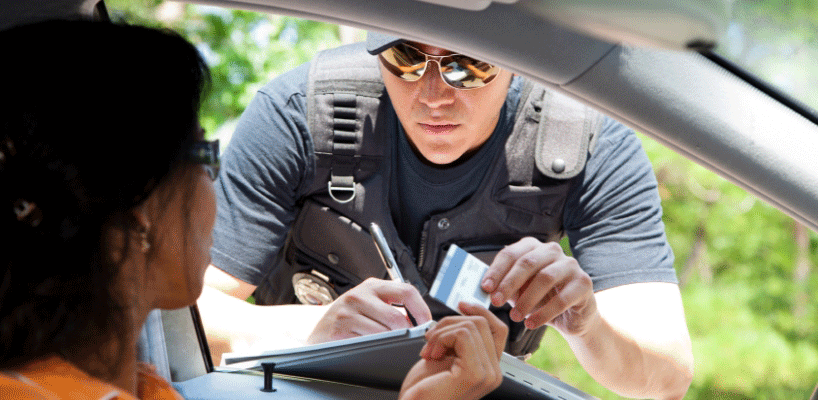A driver’s license is the most common form of identification used by residents of the United States. That said, each state and territory issues its own version, with its own requirements for application and approval. The 9/11 Commission saw this as a security issue.
In 2005, Congress passed the Real ID Act in response to the Commission’s concerns. In an Oct. 12 piece, Federal News Radio reported that the final deadlines and implementations of the Act are fast approaching. Beginning Oct. 10, for example, you must show an ID from a state in compliance with the Act to enter nearly all federal facilities.
The Act requires that all DMV personnel issuing identification documents at the state level undergo a background check. The issued documents must be hardened with overt and covert fraud protection. Consumer documents produced to apply for a Real ID must have their validity confirmed with the issuing agency, such a a passport with the State Department.
States and territories fall into one of several Real ID enforcement categories. Some 23 states and territories are fully compliant. Minnesota and American Samoa are non-compliant. The remaining 31 states and territories have received an extension of some sort. Based upon statements at the DHS site, only identification issued by American Samoa is an issue as of this writing.
The Real ID issue comes in to play heavily in 2016. That is the soonest that regulations requiring a compliant identification in airline travel can be implemented. The DHS will review the process up to that point and then set an implementation date. Consumers will be given a minimum of 120 days notice.
This week, the Real ID regulations begin applying to “Facility Security Levels 3, 4, and 5, and military facilities.” At this time, non-compliant drivers’ licenses can still be used for identification if the issuing states have received an extension. “For the duration of that extension, Federal agencies may accept for official purposes driver’s licenses and identification cards issued by that state.” The regulations also allow for the use of other forms of identification, such as passports.
The complaint states do not have to actually issue the Real ID document until 2020. The document which you may be asked to produced for identification between now and then can continue to be your existing driver’s license. All that is being required is that your state be in compliance for the future.




